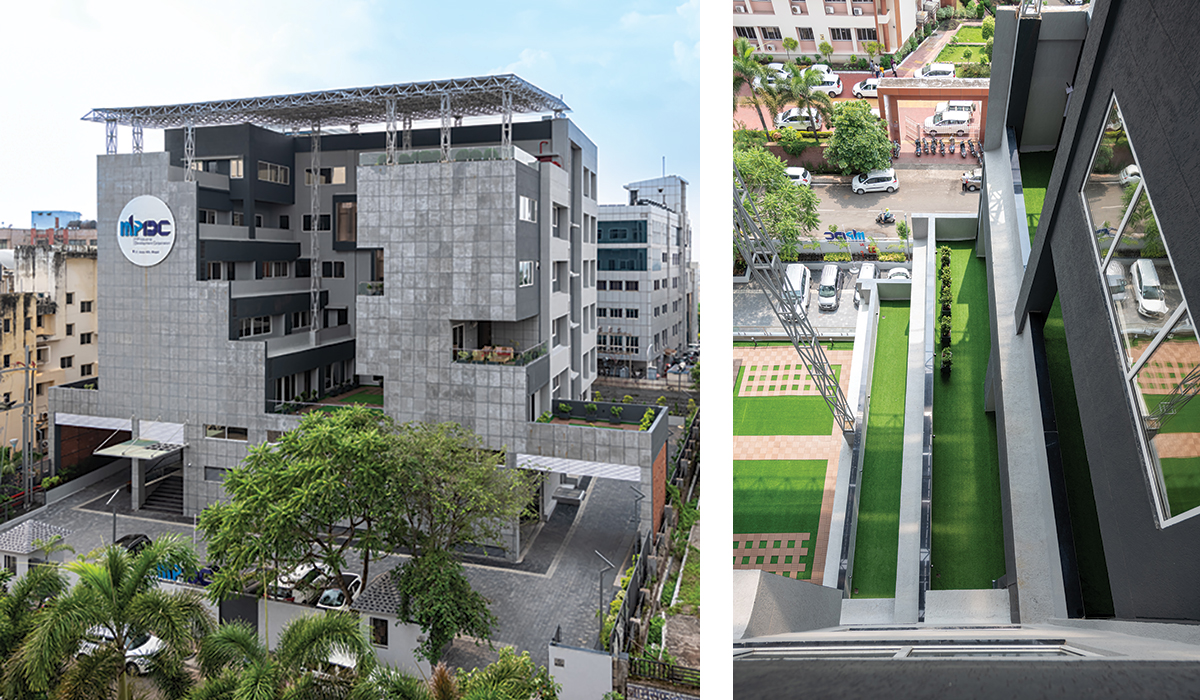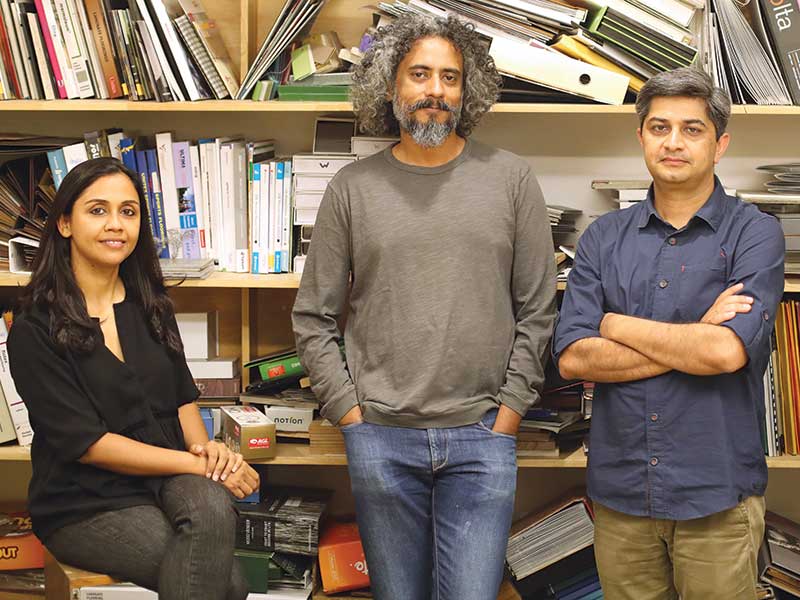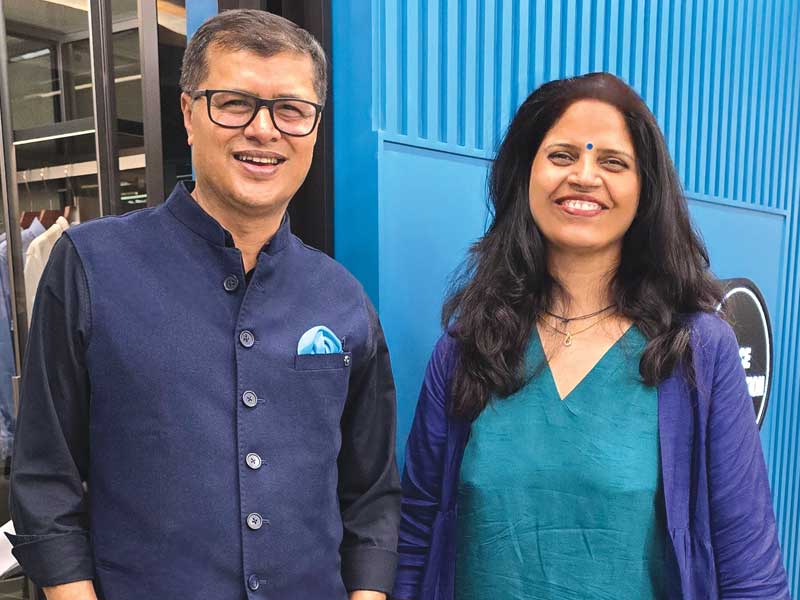Sustainable eco-friendly projects help the economy, society, and environment, while also delivering long-term financial gains and health benefits to the users.
Shailendra Sharma - Architect, Shailendra Sharma & Associates
Green construction is intended to have a smaller negative environmental impact. Such buildings have elements like solar panels, green roofs, and rainwater collection etc, to reduce water and energy usage, pollution, and greenhouse gas emissions. Green buildings frequently make use of repurposed or sustainable resources.
Many of the elements that give a building its green attributes also increase its productivity. This means that operating and maintaining green buildings is frequently less expensive than conventional structures. Additionally, over time, decreased electricity costs and other benefits balance out the original investment in a green building. So, in the long run, eco-friendly initiatives can result in financial savings and in some cases, such buildings may even be eligible for tax breaks or other financial incentives.

Projects that are sustainable are ones that are created to satisfy current demands without compromising the capacity of future generations to satisfy their own needs. As an architect, I’m always looking for ways to make my projects eco-friendly. I often incorporate sustainable materials like recycled building products, salvaged wood, bamboo etc, energy-efficient lighting and plumbing fixtures. I often include green spaces in my designs, whether it’s a small garden or a larger park. By incorporating these eco-friendly elements, I hope to create buildings that are not only environmentally friendly, but also beautiful and functional.
















